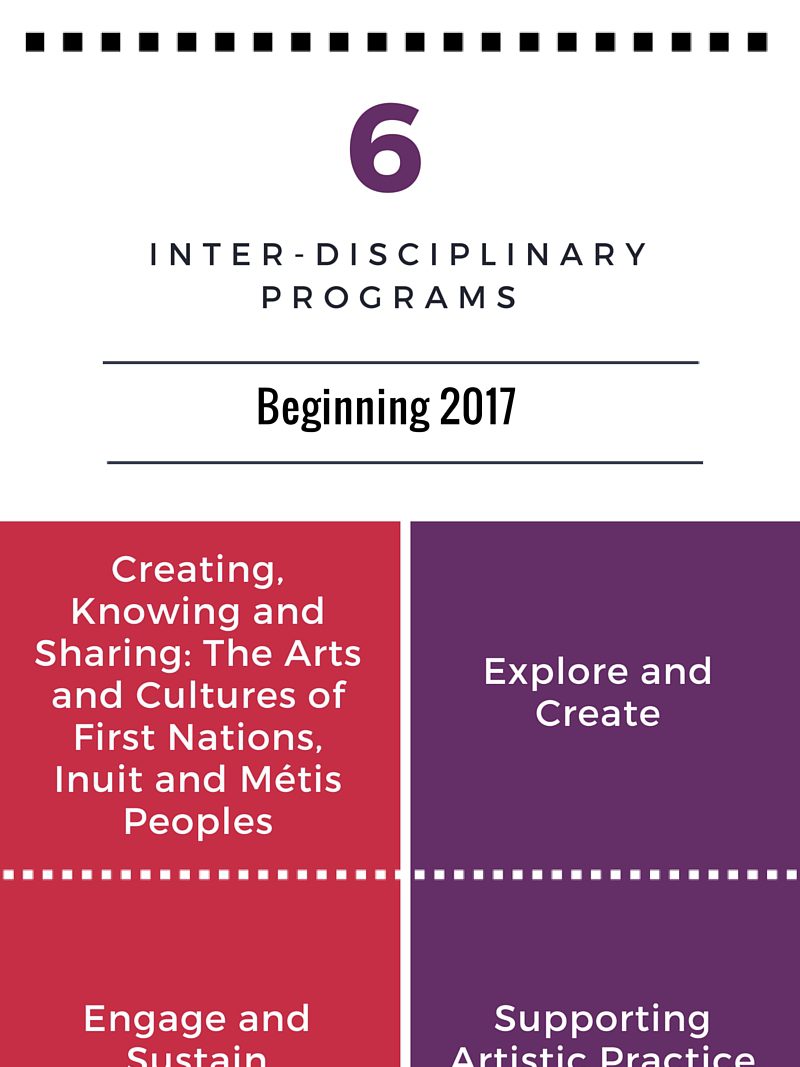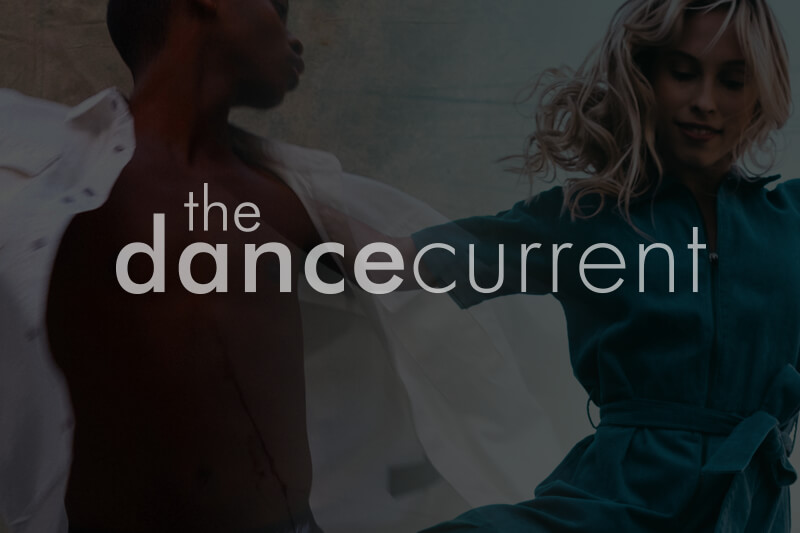The Canada Council for the Arts (CCA) is transitioning to a radically restructured funding model, set to take effect in 2017.
In an online statement this past June, Simon Brault, director and CEO of CCA, describes the new funding model as a “more open one in which artists and arts organizations conduct their quest for excellence on their own terms.” Program goals include increased flexibility and a simplified application process for artists, as well as a greater capacity to respond to shifting challenges in Canada’s artistic landscape. A key term in every facet of the new program is “impact” — a core evaluative principle referring to potential social, creative and economic benefits to the artist, the artistic community and to Canadian audiences across the country.
The new model is structured around six primary programs: Creating, Knowing and Sharing: The Arts and Cultures of First Nations, Inuit and Métis Peoples; Explore and Create; Engage and Sustain; Supporting Artistic Practice; Arts Across Canada; and Arts Abroad.
Significantly, these six programs are interdisciplinary — slated to accept applications from all artistic disciplines and inter-disciplines — entirely replacing the existing 147 disciplinary-specific programs.
Additional features of the new model include a mix of project-based and organizational/operating support (now referred to as “core funding”) within each program, rolling deadlines for the majority of grants and an increased focus on applicants’ “mode” of working. The latter, in practical terms, means that “choreographer-lead organizations will be assessed as a whole,” according to Tara Lapointe, director of marketing and communications, in consultation with Caroline Lussier, director of dance granting programs. “Large dance organizations, recognized as ‘institutions,’ will be assessed within another component, so will the ‘catalysts,’ which are organizations that produce and present the work of different choreographers.” Assessment criteria will differ for each of these components, so as to more coherently evaluate similarly functioning organizations alongside one another.
When asked about the relationship between artistic excellence and disciplinary excellence within these new programs, Lapointe emphasized the importance of peer evaluation and elaborated that “The programs are designed for artists to explore, advance and innovate in their fields, as they define them. The artistic merit of an application will be assessed by disciplinary peers, therefore within a disciplinary context.” However, the details of this peer assessment have yet to be released. According to Lapointe, the CCA is continuing to evaluate the assessment needs of each of the new programs and components. These details will be released publicly in the spring.
Artists working across disciplines may welcome the changes in the hopes of encouraging funding for a wider range of artistic practices. Brandy Leary, dance artist, choreographer, and artistic director of Anandam Dancetheatre, is excited for the new model saying that “We are working in a post-disciplinary environment, and the dissolving of genre-based sections does not mean we are losing the specifics of different forms, but rather offers up more potential and possibility in our explorations.” She also points to the program dedicated to indigenous arts as a welcome step toward “prioritizing a dialogue around the process of decolonizing our arts and funding systems” and sees possibility within each of the other streams to “open up more space and flexibility for artists from many different practices.”
The Regroupement québécois de la danse (RQD), an advocacy group for dance artists in Québec, is one group that is eagerly awaiting more details to emerge. In advance of a conference call between the CCA and arts service organizations across the country, the RQD asked its members for any questions they had regarding the new funding model. According to Lorraine Hébert, RQD’s executive director, Québec dance artists have many questions about the new evaluation process: “What will be used as assessment criteria and how will each element be weighted? How will peer evaluation function in this model? How will juries be formed, and what will their responsibilities include with respect to determining the grant amounts awarded?” While differing organizational structures are well-reflected within the new model, the RQD also received questions about the relationship between senior and emerging artists within each new program. Ultimately, the RQD has high hopes for the new model, but Hébert acknowledges that “For now, it is difficult to see how the particularities of dance will be considered. Details of funding criteria and the systems of evaluation will help us to better understand dance’s position within this new architecture and, especially, whether new funds will be available to dance artists.”
Tagged: All, Arts Administration, Funding, Uncategorized, National





